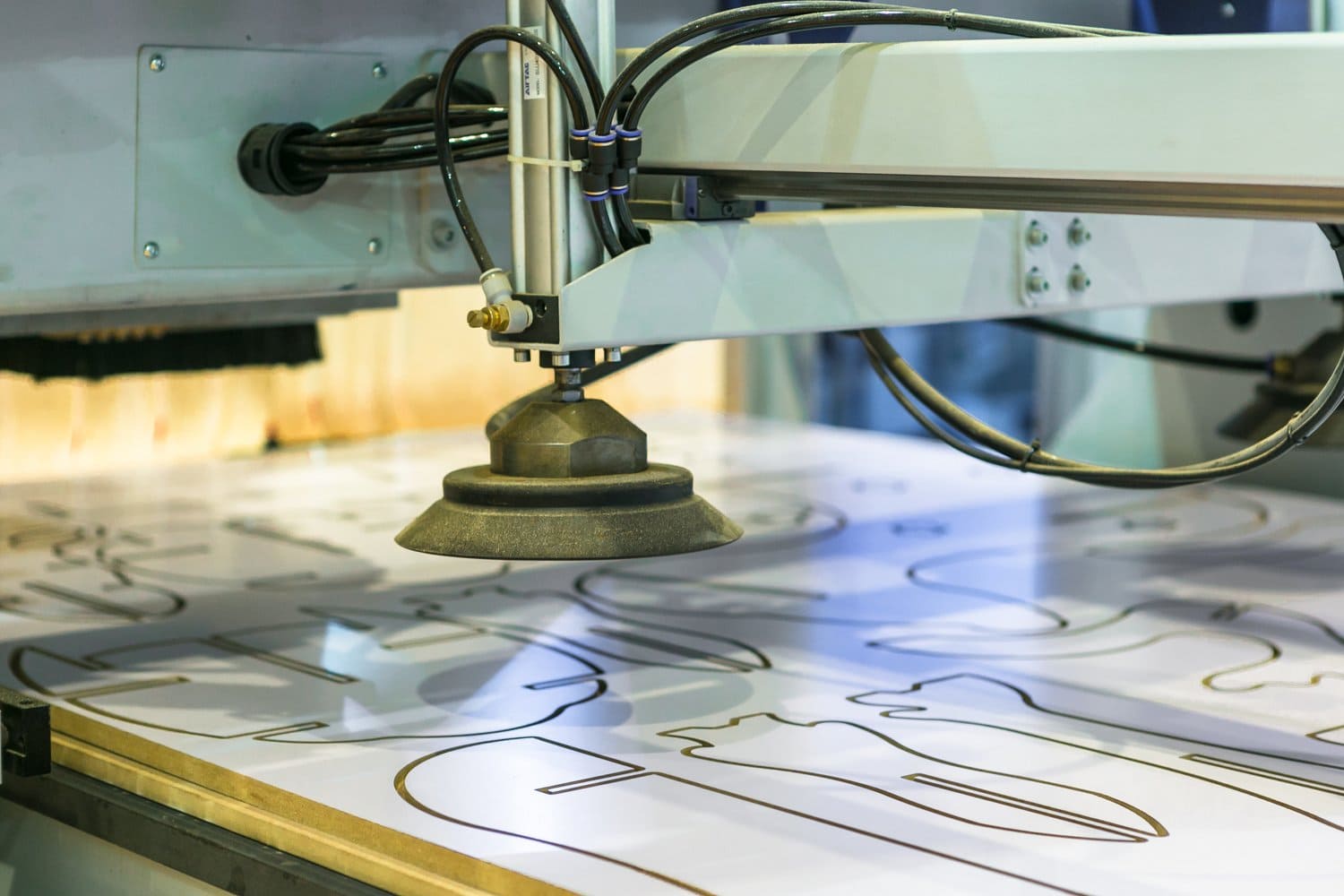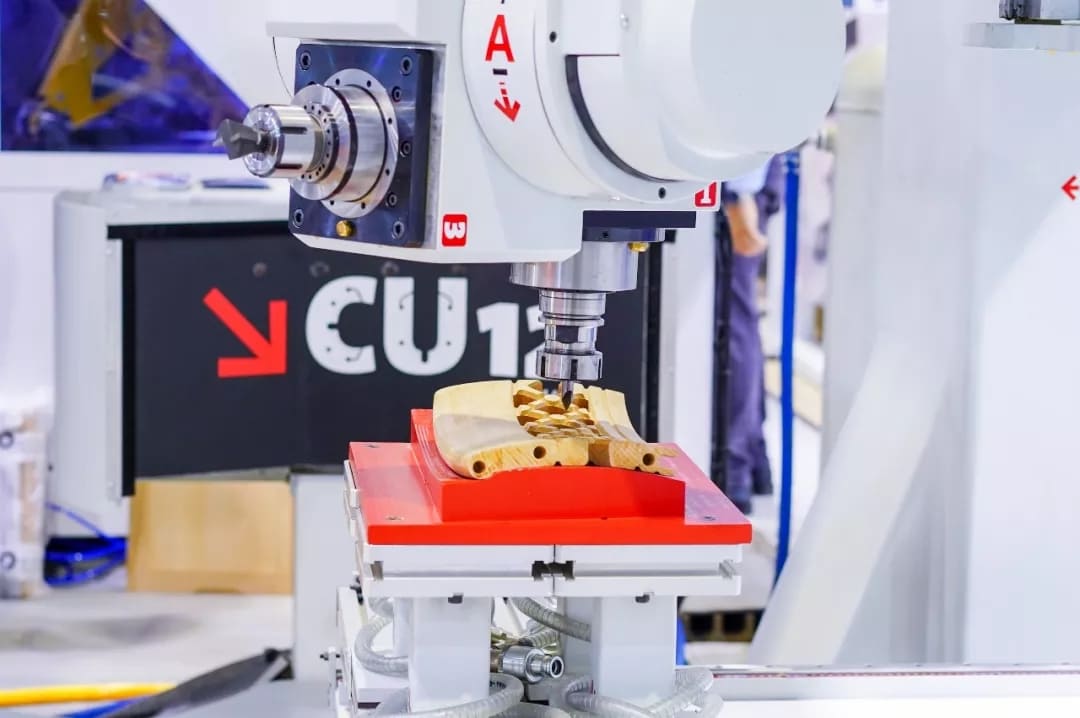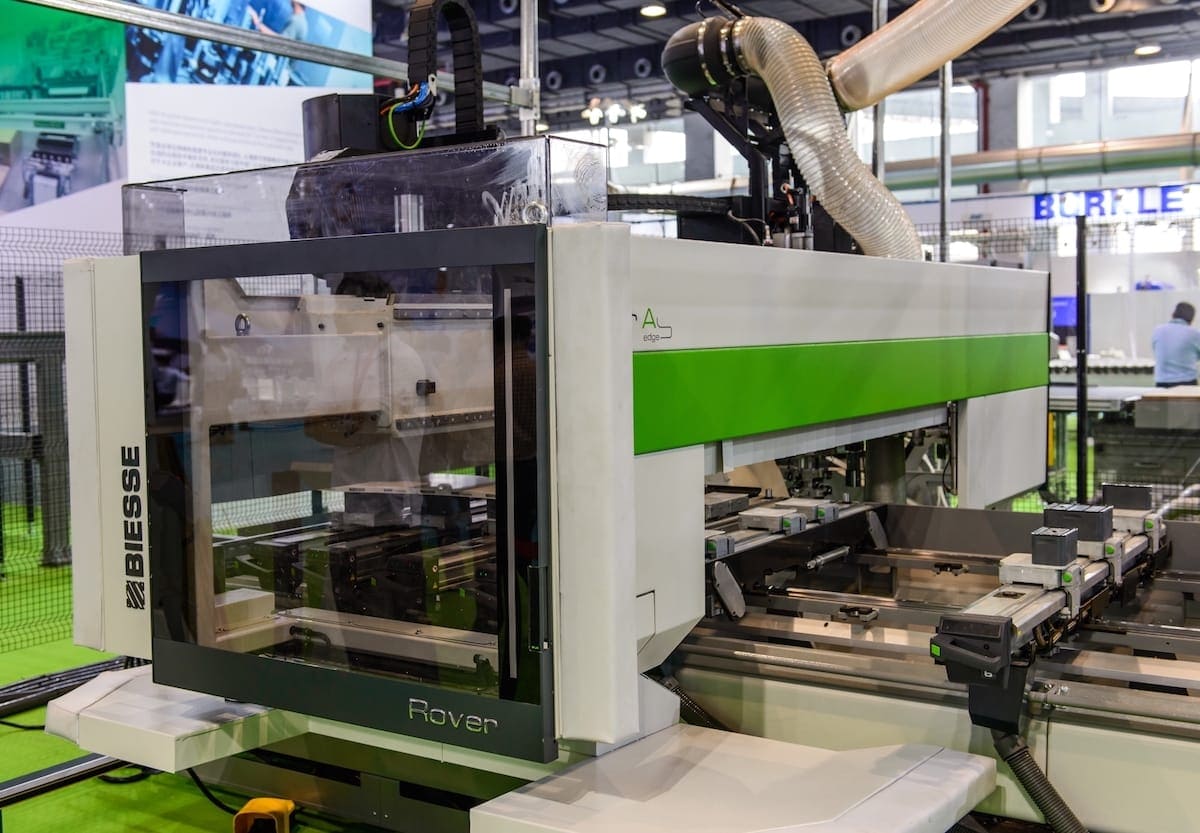Edge banding is a crucial technique in woodworking that can transform the appearance and durability of your projects. Whether you're a seasoned woodworker or just starting out, understanding how to effectively use edge banding can elevate the quality of your work. In this comprehensive guide, we'll explore everything you need to know about edge banding, from its purpose to application techniques and best practices. Read on to discover how this simple yet powerful method can take your woodworking skills to the next level.
Edge banding is a thin strip of material, typically made of wood veneer or PVC, that is applied to the exposed edges of engineered wood products like plywood or particleboard. But why is it so crucial in woodworking?
Aesthetics: Edge banding provides a finished look, hiding the unsightly layers of plywood or particleboard.
Protection: It shields the exposed edges from moisture and damage, prolonging the life of your project.
Versatility: Available in various materials and finishes, edge banding allows for customization to match or complement your project.
Understanding the importance of edge banding is the first step in mastering this technique and enhancing your woodworking projects.
When it comes to finishing the edges of plywood or particleboard, edge banding isn't the only option. Let's compare it to other methods:
Solid wood edging: More durable but requires more skill and time to apply.
Painting or staining: Quick and easy, but doesn't provide the same level of protection or aesthetics.
Leaving edges exposed: Not recommended as it leaves the material vulnerable to damage and looks unfinished.
Edge banding strikes a balance between ease of application, durability, and aesthetic appeal, making it a popular choice among woodworkers of all skill levels.
Edge banding comes in various materials, each with its own set of advantages. The most common types include:
Wood veneer: Natural look, can be stained or finished to match solid wood.
PVC: Durable, water-resistant, and available in a wide range of colors and patterns.
ABS: Similar to PVC but more heat-resistant and environmentally friendly.
Melamine: Affordable and easy to apply, suitable for basic projects.
Choosing the right material depends on your project requirements, budget, and personal preferences. Learn more about selecting the right materials for your woodworking projects.
Accurate measurement and cutting are crucial for a professional-looking finish. Here's a step-by-step guide:
Measure the edge length carefully, adding a little extra (about 1 inch) for trimming.
Use a sharp utility knife or specialized edge banding trimmer to cut the banding.
For curved edges, cut the banding slightly longer and trim after application.
Remember, precision at this stage will save you time and frustration later in the process.
Having the right tools can make the edge banding process much smoother. Essential tools include:
Edge banding iron or heat gun
Trimmer (manual or electric)
Utility knife
Sandpaper or sanding block
Edge banding roller
For larger projects or frequent use, consider investing in an edge bander machine for increased efficiency and consistency.
Applying edge banding to straight edges is relatively straightforward:
Clean the edge surface thoroughly.
Preheat your iron or heat gun.
Align the edge banding, leaving a slight overhang on all sides.
Apply heat evenly, moving slowly along the edge.
Use a roller to press the banding firmly against the edge.
Allow to cool before trimming excess material.
Practice on scrap pieces to get a feel for the right temperature and pressure needed for a secure bond.
Curved edges present a unique challenge, but with the right technique, you can achieve great results:
Cut the banding slightly longer than needed.
Apply heat gradually, working in small sections.
Use a roller to press the banding into the curve, being careful not to stretch it too much.
Trim excess material after cooling, using a sharp knife or trimmer.
Patience is key when working with curved edges. Take your time to ensure a smooth, bubble-free application.
The trimming and finishing stage is crucial for achieving a polished appearance:
Use a trimmer or sharp utility knife to remove excess material.
Sand the edges lightly to ensure they're flush with the surface.
For wood veneer, apply a matching stain or finish if needed.
For PVC or ABS, use a fine-grit sandpaper to smooth any rough spots.
Pay attention to corners and joints, as these areas often require extra care to achieve a seamless look.

Even experienced woodworkers can make mistakes with edge banding. Here are some common pitfalls to watch out for:
Using too much heat, which can damage the banding or substrate.
Not applying enough pressure, leading to poor adhesion.
Rushing the trimming process, resulting in uneven edges.
Neglecting to clean the edges before application, which can affect adhesion.
Choosing the wrong type of banding for the project or environment.
By being aware of these potential issues, you can take steps to avoid them and ensure a successful edge banding application.
Proper maintenance can extend the life of your edge banded projects:
Clean regularly with a damp cloth and mild detergent.
Avoid exposure to excessive heat or moisture.
For minor damage, use a color-matched filler or touch-up pen.
For more significant damage, consider removing and replacing the affected section of banding.
With proper care, edge banded surfaces can maintain their appearance and functionality for years to come.
Absolutely! Edge banding is not just for professional woodworkers. It's a versatile technique that can be used in various DIY projects:
Enhancing shelving units
Finishing custom-built furniture
Upgrading kitchen cabinets
Creating decorative wall panels
The key to success in DIY edge banding is patience and practice. Start with smaller projects to build your confidence and skills. Check out these DIY woodworking project ideas for beginners.In conclusion, edge banding is a valuable skill for any woodworker or DIY enthusiast. By mastering this technique, you can:
Enhance the appearance of your projects
Protect vulnerable edges from damage
Customize the look of engineered wood products
Increase the overall quality and value of your woodworking creations
Remember these key points as you incorporate edge banding into your woodworking repertoire:
Choose the right material for your project
Measure and cut accurately
Use the proper tools and techniques for application
Take your time with trimming and finishing
Avoid common mistakes through careful preparation and execution
Maintain your edge banded surfaces for long-lasting results
With practice and attention to detail, you'll soon be creating professional-looking projects that showcase your woodworking skills and creativity.

Contact: RicoCNC
Phone: 0086-13390848665
E-mail: cncsale@ricocnc.com
Whatsapp:0086-15264185266
Add: NO. 60, Weixin Road, Industrial Park, Suzhou, Jiangsu, China, 215000
We chat
